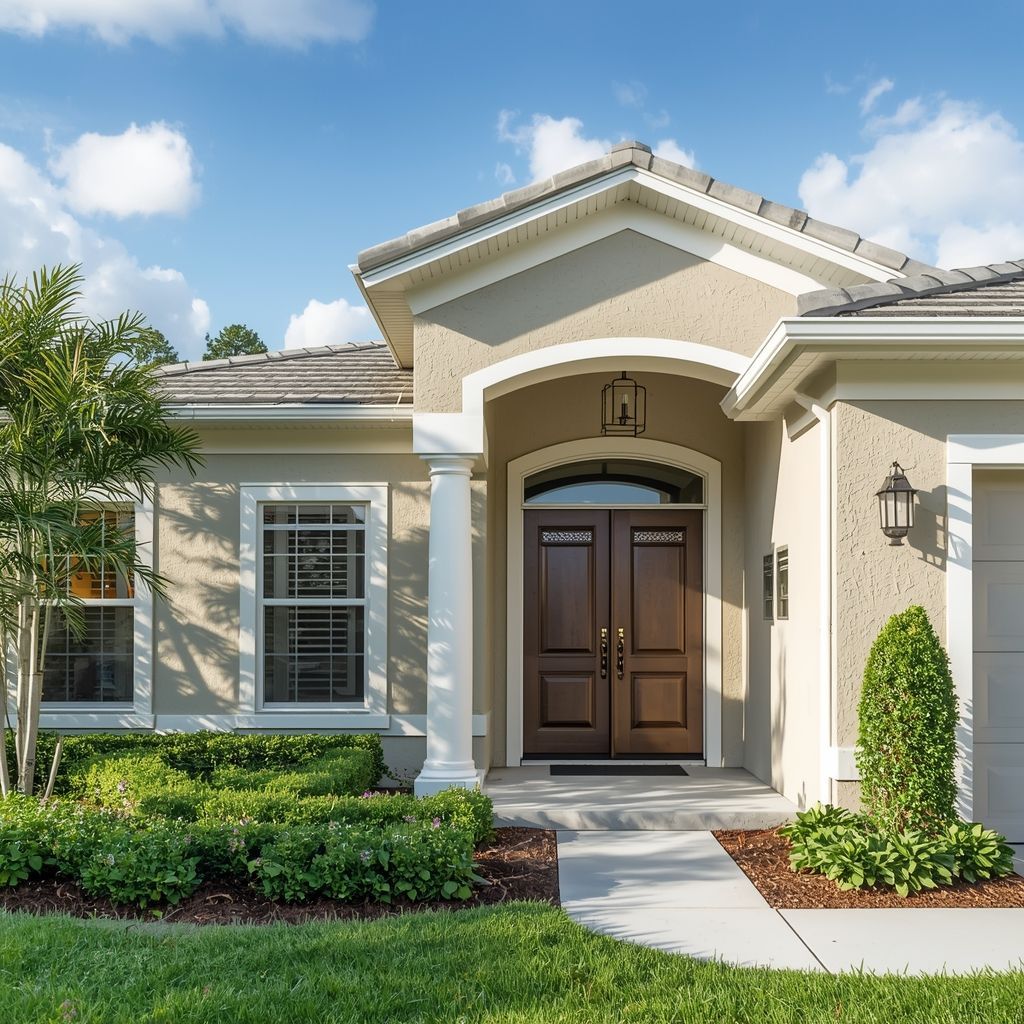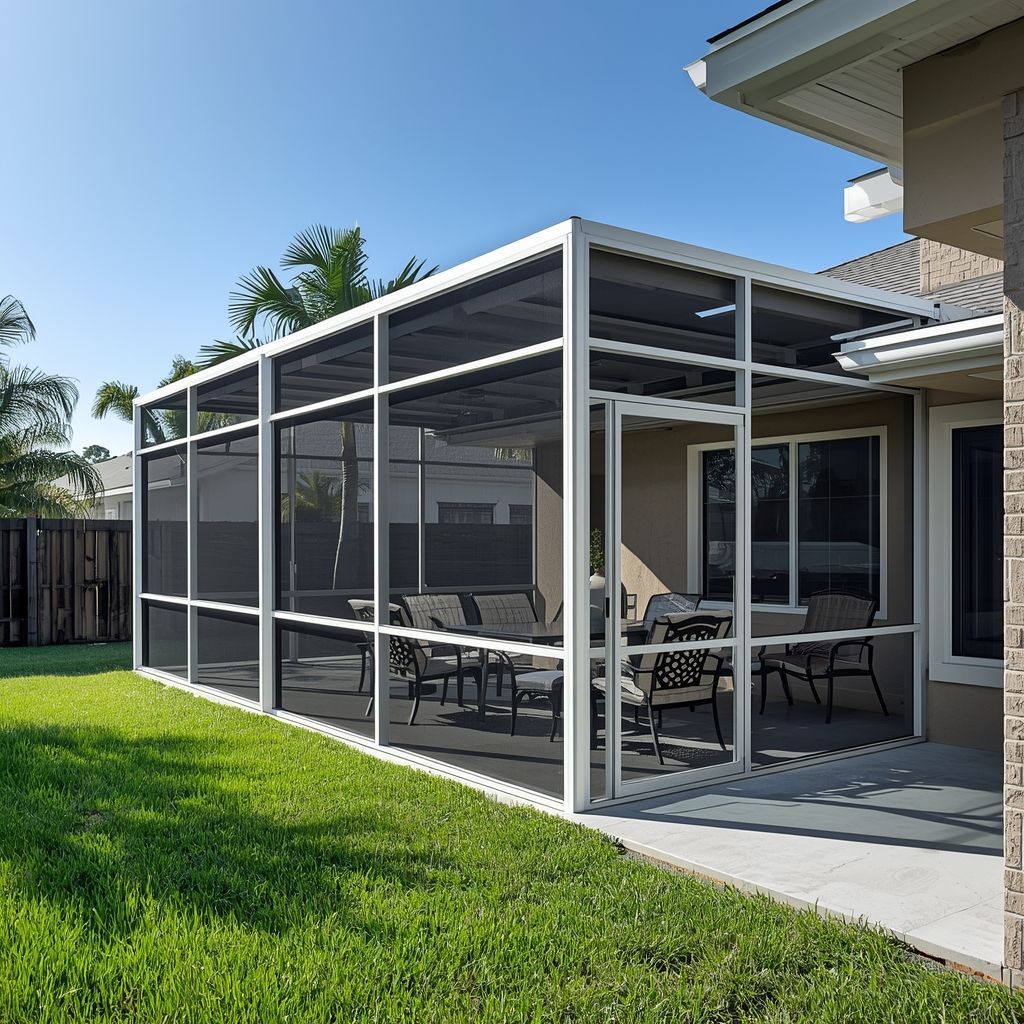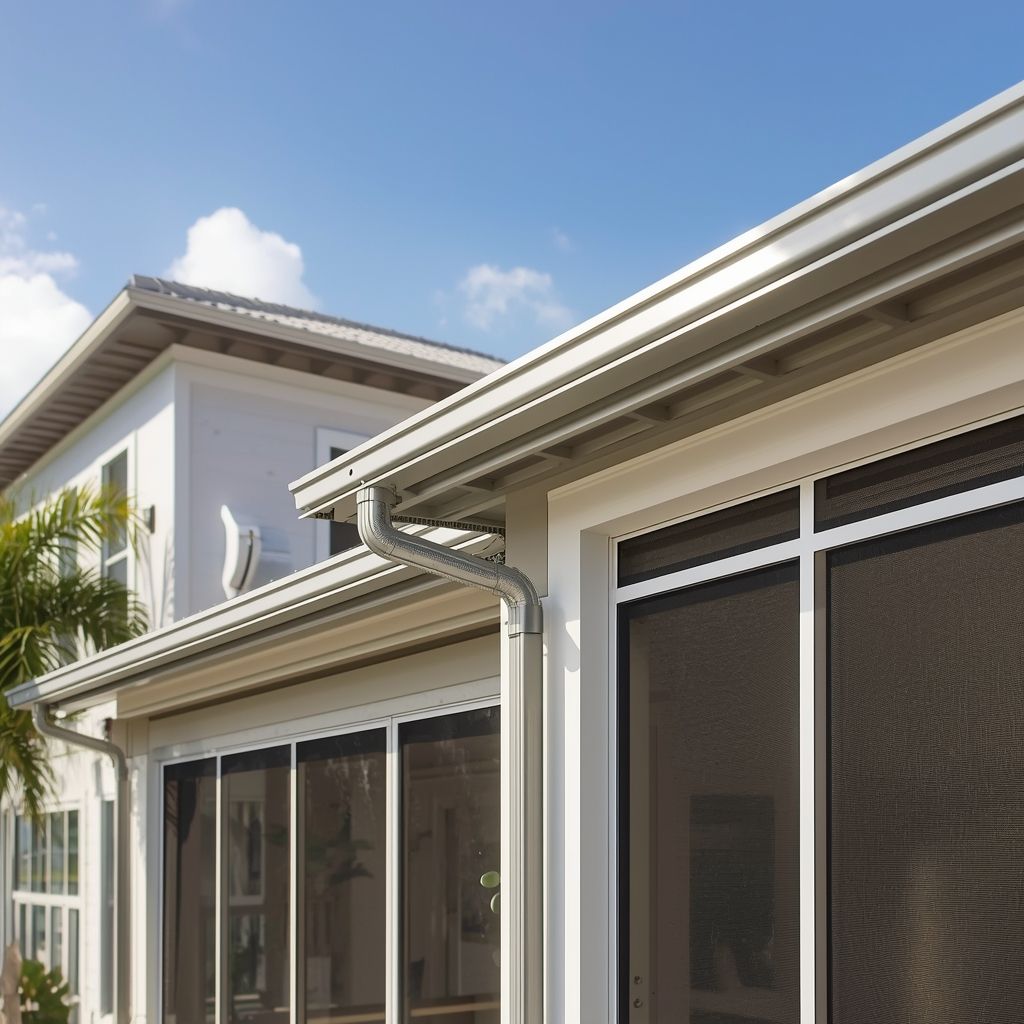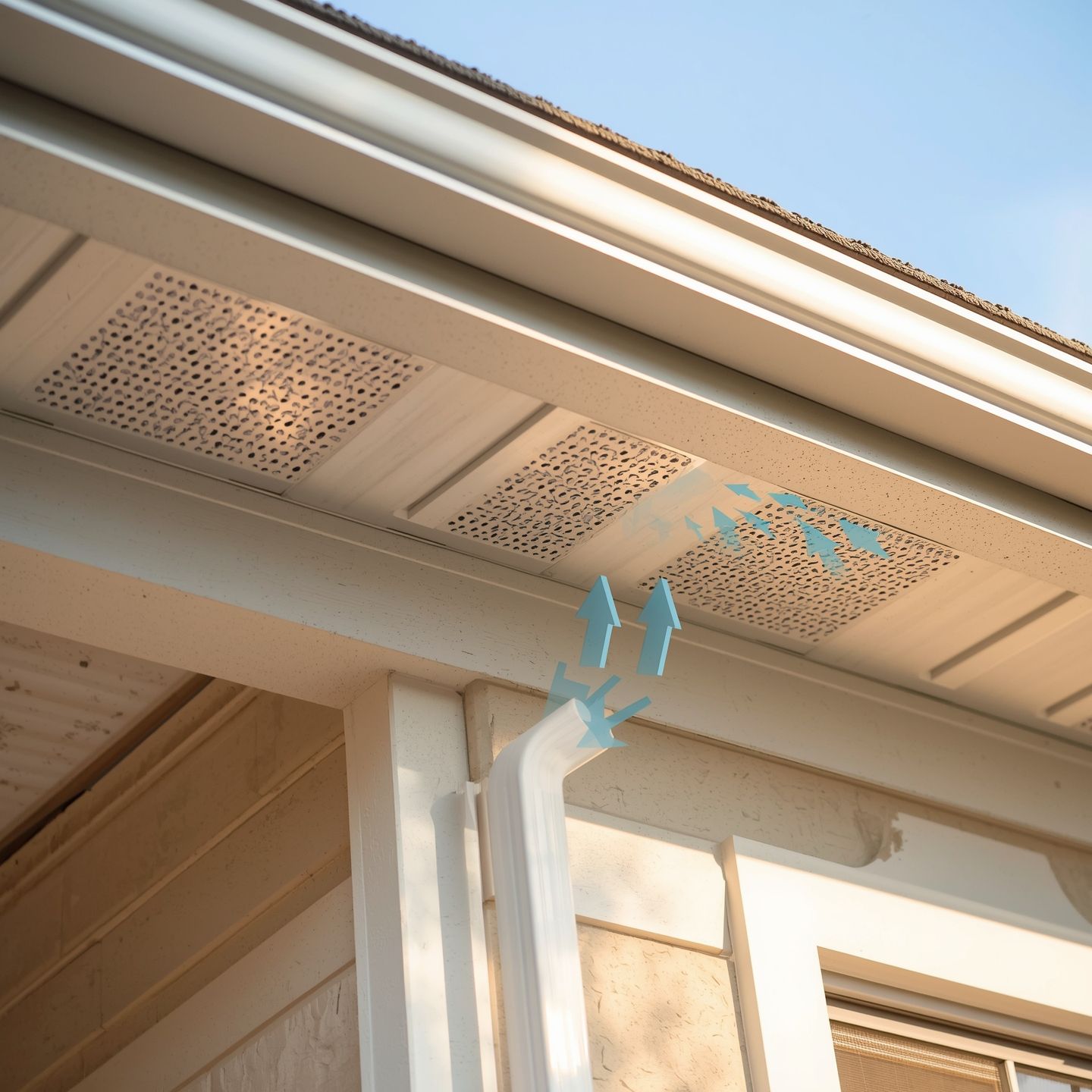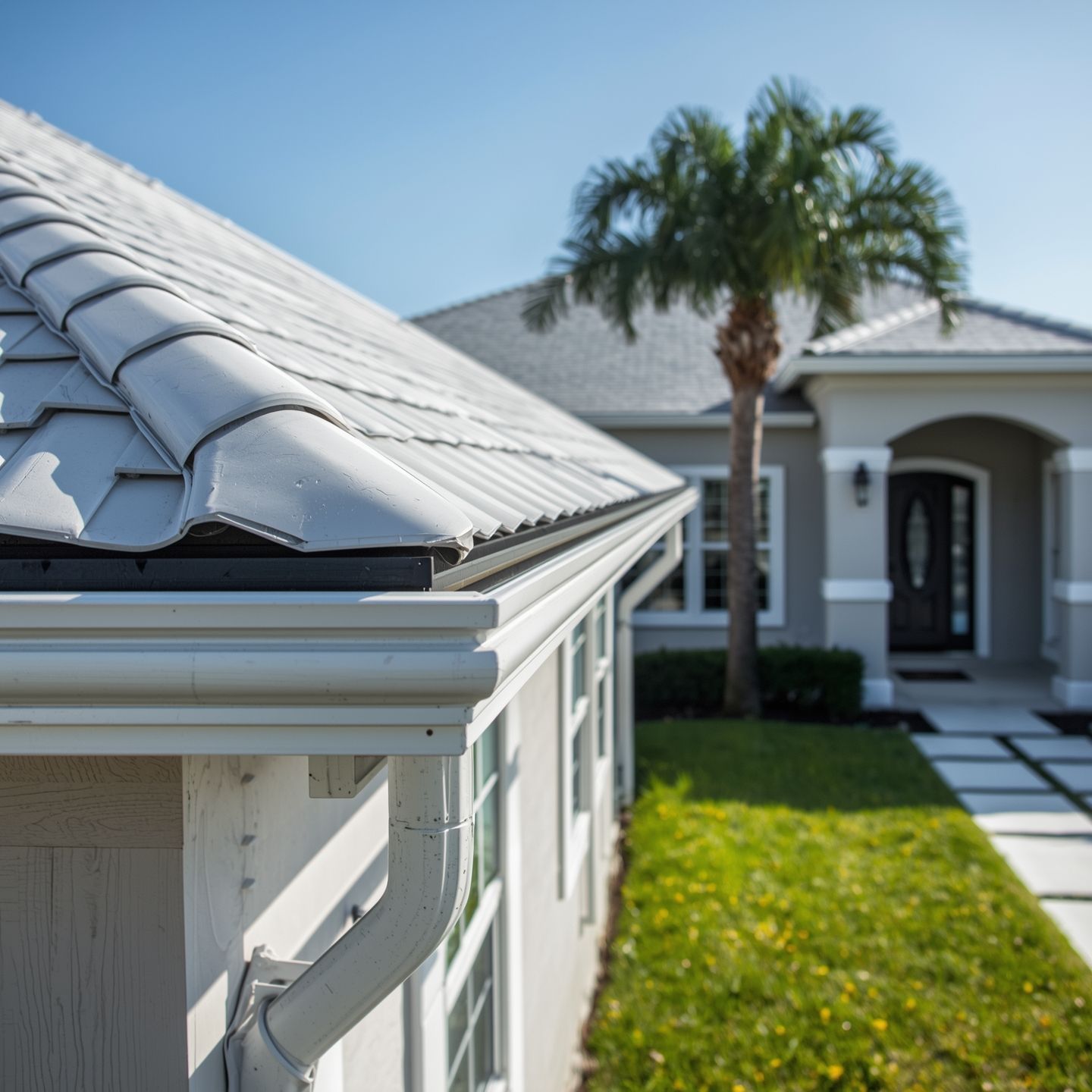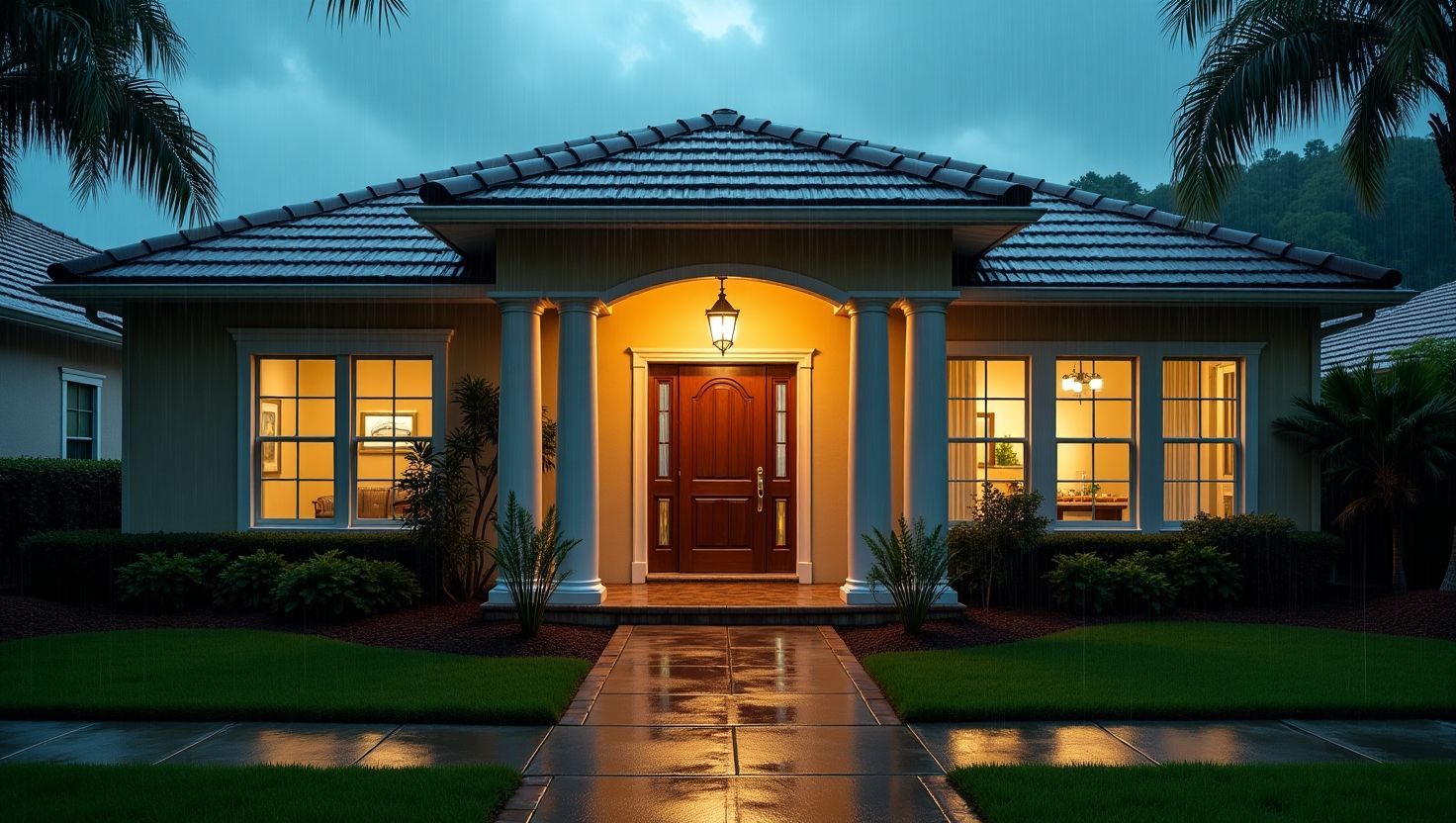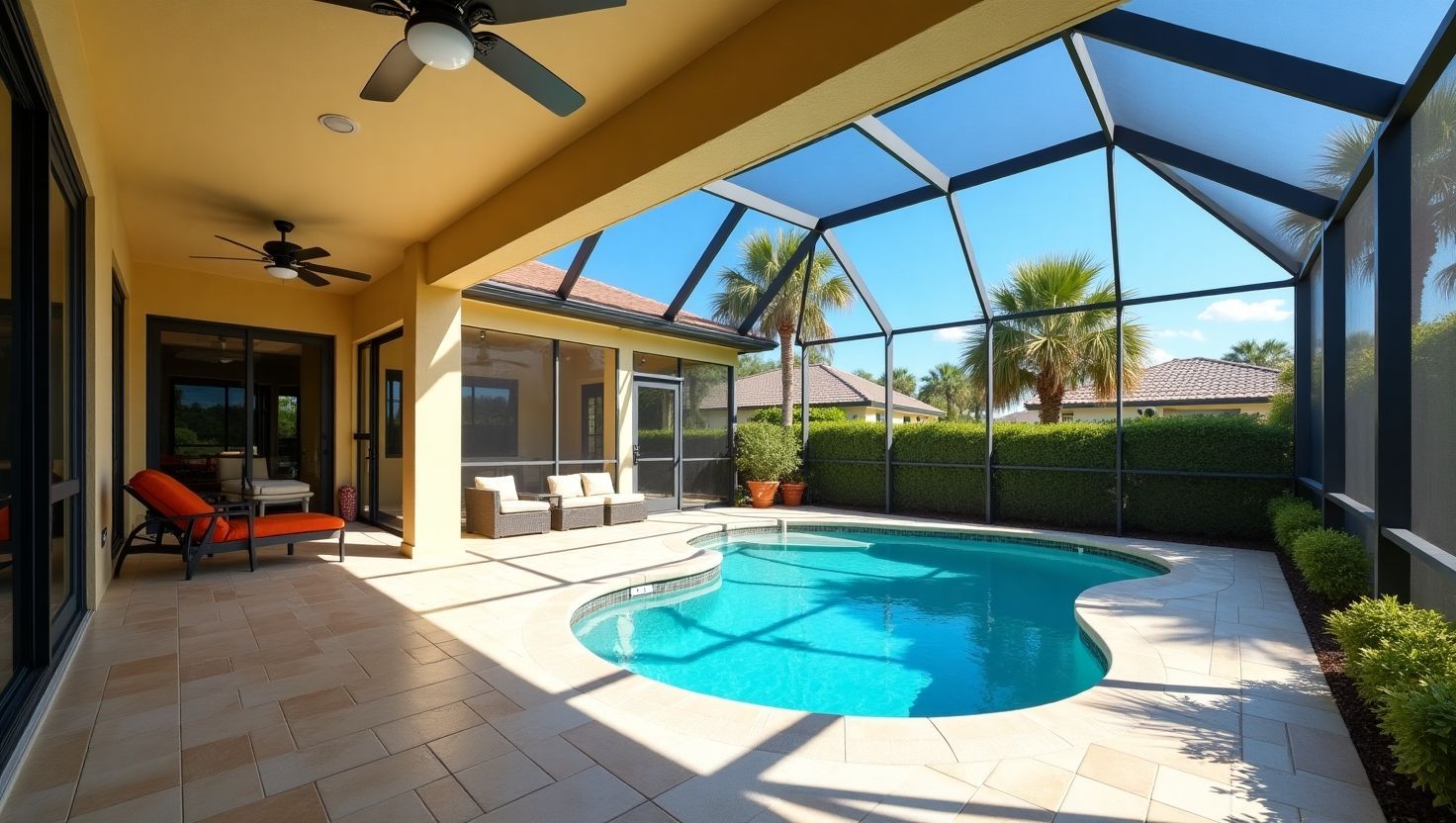Wood vs. Vinyl Fascia: Which One Lasts Longer?
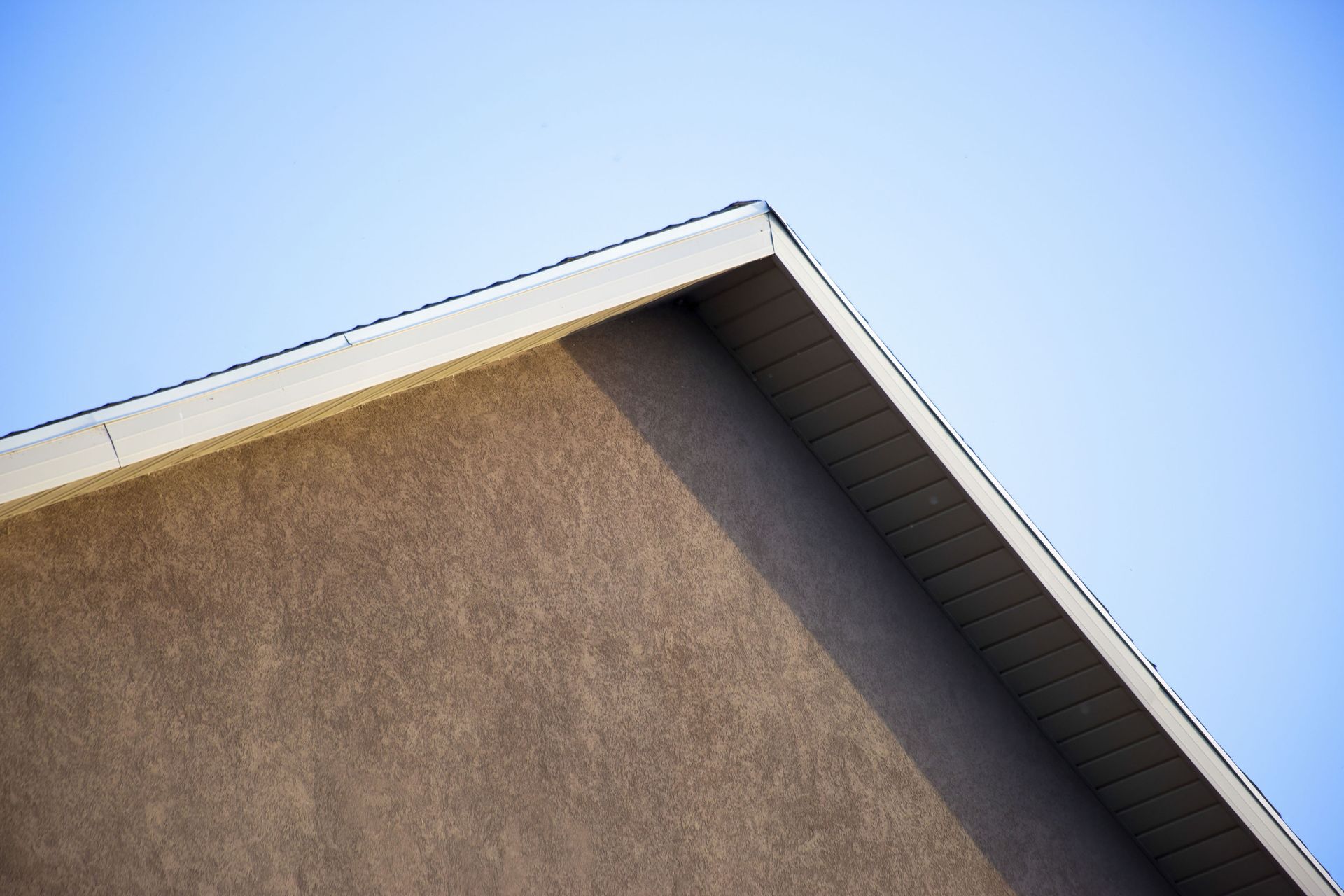
When it comes to protecting your home, fascia boards play a crucial yet often overlooked role. Located at the edge of your roofline, fascia boards provide structural support for gutters, keep water out, and improve the overall appearance of your home’s exterior.
If you're planning to replace or upgrade your fascia boards, two popular options likely stand out on your list – wood and vinyl. Choosing the right material is essential, as it impacts your fascia’s durability, maintenance, and the aesthetics of your home for years to come.
This blog is here to help homeowners like you weigh the pros and cons of wood and vinyl fascia boards, so you can make an informed decision about what’s best for your home.
What Is Fascia and Why Does It Matter?
Before jumping into material comparisons, let's clarify what fascia boards are and their purpose. Fascia boards are horizontal boards attached to the ends of your roof rafters. Their functions include:
- Securing gutters is essential to ensure proper water drainage, protecting your home from water damage by safely directing rainwater away from the foundation.
- Gutters also provide a crucial barrier that helps prevent water, debris, and pests from infiltrating your roof structure, reducing the risk of leaks, rot, or infestations that can lead to costly repairs.
- Additionally, well-maintained gutters enhance your home’s curb appeal with clean, smooth edges that frame your roofline seamlessly, giving your property a polished and well-cared-for appearance.
Because they’re critical for both functionality and aesthetics, choosing the right fascia material is not a decision to take lightly.
The Basics of Wood Fascia
Pros of Wood Fascia
1. Classic Aesthetic Appeal
Wood fascia offers a timeless, natural look that blends seamlessly with traditional and rustic-style homes.
2. Customizable
Wood is easy to paint or stain, allowing homeowners to match fascia boards to their home’s exterior color palette perfectly.
3. Readily Available
Wood remains a commonly used and widely available material for fascia boards, making it easy to replace or repair.
Cons of Wood Fascia
1. Susceptible to Rot
Wood is prone to water damage when exposed to moisture. Over time, this can lead to warping, cracking, or rotting of the boards.
2. Frequent Maintenance
To keep wood fascia in shape, regular painting, sealing, or staining is needed to protect against weather elements.
3. Limited Lifespan Without Proper Care
Without consistent upkeep, wood fascia boards may only last 10-15 years, particularly in areas with high humidity or frequent rainfall.
Ideal Fit
Wood fascia is often ideal for homeowners who prioritize aesthetic charm over long-term durability and are willing to commit to regular maintenance.
The Benefits (and Drawbacks) of Vinyl Fascia
Pros of Vinyl Fascia
1. Longevity and Durability
Vinyl fascia is resistant to weather, rot, and insects, making it a low-maintenance and durable choice that can last 20+ years.
2. Low Maintenance
Unlike wood, vinyl doesn’t require painting, staining, or frequent fixes. A simple clean with water and soap keeps it looking fresh.
3. Moisture Resistant
Vinyl is nonporous, so it won’t absorb water. This eliminates concerns about rotting or warping.
4. Cost-Effective Over Time
Although vinyl fascia may cost slightly more upfront, its durability and low maintenance requirements make it a cost-effective option in the long run.
Cons of Vinyl Fascia
1. Limited Aesthetic Options
While vinyl comes in various colors, it lacks the natural appearance of wood. It’s not as easily customizable since it cannot be painted or stained.
2. Susceptible to Cracking
Extreme temperatures, especially cold weather, can make vinyl brittle and more prone to cracking over time.
3 Installation Complexity
Vinyl fascia typically requires professional installation to ensure it’s securely fitted and long-lasting.
Ideal Fit
Vinyl fascia is perfect for homeowners who value durability, low maintenance, and affordability over the aesthetic flexibility offered by wood.
Choosing the Right Fascia for Your Home
Your choice between wood and vinyl fascia ultimately depends on a few key factors:
- Your Climate: Vinyl is a durable option for areas prone to humidity, rain, or extreme weather, as it resists moisture and won’t warp or rot over time. On the other hand, wood can perform well in dryer climates but may require more maintenance to prevent damage from moisture or pests.
- Your Home Style: Wood fascia lends itself beautifully to traditional or rustic-style homes, offering a timeless and natural aesthetic. Vinyl, with its sleek and versatile appearance, is a great match for modern or low-maintenance homes, as it can mimic various finishes while being more resistant to wear.
Choosing the right material ensures your fascia will not only look great but also stand up to the demands of your environment and lifestyle.
Looking Beyond Materials with Professional Installation
No matter which material you choose, proper installation is crucial for maximizing your fascia’s lifespan and performance. Misaligned boards or improper sealing can lead to long-term issues like water damage, pest infestations, and compromised curb appeal.
That’s where expert fascia services, like those offered by The Heights Aluminum, make all the difference. With over 27 years of experience, we specialize in installing durable and aesthetically pleasing fascia solutions tailored to Florida’s unique weather conditions.
Time to Upgrade Your Fascia?
Whether you’re leaning toward the classic appeal of wood or the weather-resistant durability of vinyl, one thing’s clear—investing in high-quality fascia materials and proper installation is key to protecting your home.
If you’re ready to enhance your home with expert fascia installation,
contact
The Heights Aluminum, Florida’s trusted partner in exterior upgrades. From soffits and fascia to gutters and screened enclosures, we’re committed to elevating your home’s functionality and curb appeal.

